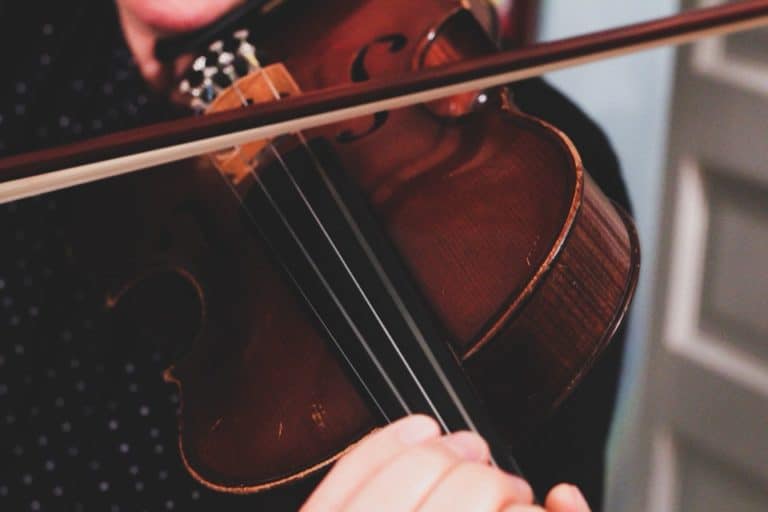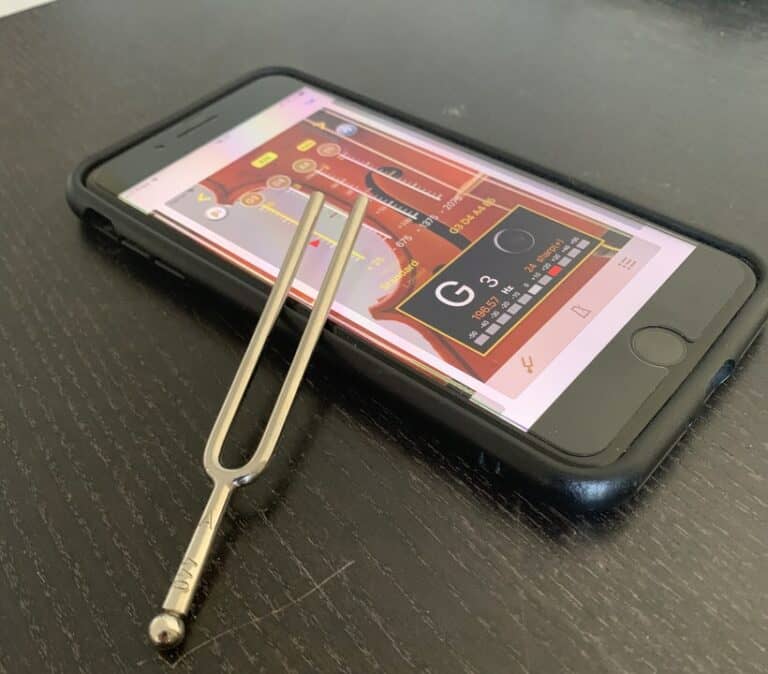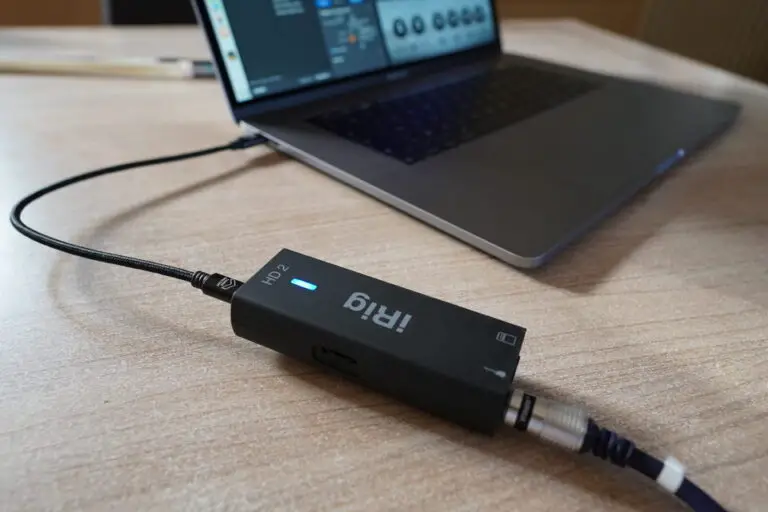My Violin Won’t Stay in Tune: 7 Great Tips
When a violin doesn’t stay in tune, it means that the pegs that hold the strings in the pegbox turn freely and don’t hold the tension.
Unlike the guitar where the tuning pegs are held in place by a gearing mechanism, violin pegs are held in place by friction only: friction between the wood of the peg and the wood of the pegbox.
To stay in tune, the pegs of the violin need to be clean. You can apply some special compound to help the pegs to stick in place. Bring to pitch your instrument always from lower notes. Screw the peg inside the pegbox slightly. Make sure that the string is wound correctly on the peg.
Whether your violin is new or old, whether it is a single peg that doesn’t stay in place or the whole set: there are simple steps to follow that will ensure your violin, or any string instrument is in tune. Make sure you check all of them before deciding that your instrument needs to be checked by a professional violin maker.
1. Tune your violin the right way
When you tune up your violin, even more so if you are a beginner, you visualize how the tuning process works for the violin. You can read my article on how to tune a violin, I have detailed all the really helpful tricks that I have learned over the years.
The peg has a slight cylinder shape: it is not a cylinder. That means it is designed to be slightly forced into the pegbox. The motion you do when you tune up your instrument should resemble a screwing motion.
If you just turn the peg, the peg can on the contrary go out of the pegbox. Considering its cylinder shape, there will be less friction to hold the string.
So always go from a lower note to the desired note when you tune your instrument, while slightly screwing the peg inside the pegbox. If needed, rest the violin head onto a (soft) surface to apply more pressure to the peg and screw it better. But ultimately, this is not the solution, you should check your pegs and clean them and/or apply some Hill compound.
2. Clean your pegs
As the peg is held only by friction, the wood should be clean but not greasy at all. Do not clean your peg with anything else than a dry cloth; if you have ever put anything else, you can clean the pegs using soapy water and a cloth. The soap will dilute and remove any oily ingredients. Let the peg dry and it should stick and hold the tension.
Always clean your pegs one after the other, as the violin needs tension in order to stay set up correctly. If you remove all the strings at the same time to clean the peg and pegbox, you will have to put back the bridge which is a difficult process. And the soundpost might fall: only a luthier will be able to put it back in place.
At the same time, clean your strings with some alcohol. If they have been played, they might have been contaminated with greasy and oily fingers; if they are new and low-quality steel strings, they might have been treated with oil to prevent rust. Clean your strings thoroughly.
3. Apply some Hill compound
If you have cleaned the pegs it should be better. But if it is not enough, your violin will stay in tune longer but will eventually lose its tension again.
To help the pegs turn and at the same time hold tension, there is a good product made by a famous luthier: Hill. This product can be found easily on Amazon and comes in the form of lipstick for easy application. Put some Hill compound where the peg gets in contact with the wood of the pegbox. Your peg(s) should stay in place and hold tension. Your violin will stay in tune.
4. Insert the string end into the peg correctly
Now that we have seen how to have our pegs in perfect condition, if the violin doesn’t stay in tune, it should be to a far lesser extent. And, this time, the problem is between the pegs and the tailpiece.
I have detailed thoroughly how to change the strings on a violin or viola in this long blog post.
If the string is not put correctly into the hole in the peg, it might slip even so slightly and the string will lose tension. The violin won’t stay in tune due to that.
So wind up the string on one part and the other of the hole: the windings will help tighten the end of the string which won’t slip anymore. So check that: make sure that the windings of the string are enough tightened around the tip of the string.
5. Put some graphite on the nut and bridge
Again, if you lose tension while your pegs function correctly, it might be that the string doesn’t slip correctly on the nut and/or the bridge. That means that, when you wind up your strings, the tension is different from one side of the nut compared to the other side, from one side of the bridge, compared to the other.
When you play, you apply more pressure to the string: which leads to a sudden burst of tension. Then the tension releases and levels up or equalizes. The result is a string out of tune again.
To solve this problem, as I have detailed on how to change strings on a violin, you need to put some graphite (with a simple pencil) on the nut where the strings sit, and on the bridge as well.
That will give some kind of dry lubrication that will help the tension of the string to naturally equalize in all parts of the string. That will surely mitigate the differences of tension problem and help to have a violin in tune.
6. Leave new strings, especially gut strings, enough time to settle
Be aware that if you have just changed your strings, they take a couple of hours, even days, to settle. You will have to tune your violin more if your set of strings is new. If your violin is new, then the same principle applies: allow enough time for the strings to settle.
Keep in mind that synthetic core strings need more time to stay in tune than steel strings, and that gut strings need even more time to settle and stay in tune than synthetic core ones. It can even last a week for gut strings to settle and hold a good tuning.
7. Your old violin might just need new pegs
If your violin is old, the pegs might just be too worn out. The hole in the pegbox is worn out as well and is too wide; while the peg itself has lost some wood where it should stick in place. Then there is only one solution: go to the luthier as that can’t be simply done at home (there are too many micro-adjustments to be performed):
- Your luthier will change your pegs with new ones and adjust them to your pegbox;
- He or she will make sure if your pegbox needs to be fixed as well. It is possible that your luthier will have to glue some in the hole, let it dry in place. Then he or she will drill another hole in the same place at the correct diameter. That with the new pegs: you will be good to go with a violin that will stay perfectly in tune. You will have no excuse if you don’t play in tune!
A violin that works perfectly and stays in tune is owned by a violinist who has read my complete maintenance guide!






